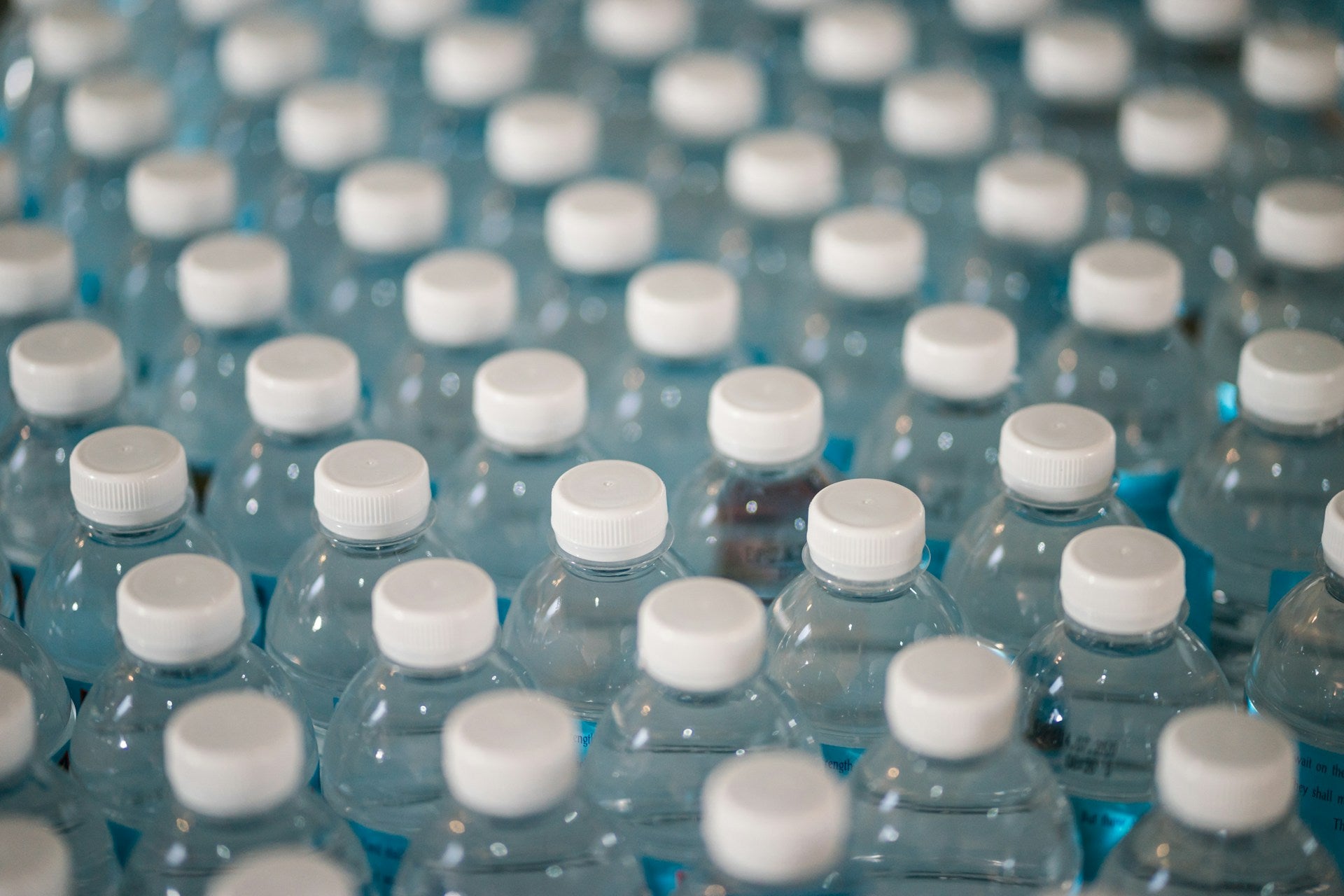
What is BPA & Why is it Unsafe?
If you're dedicated to keeping your family healthy and your home eco-friendly, you might've heard about BPA. It’s an omnipresent chemical that we interact with more often than we realize, and its potential impact on health and the environment is worth paying attention to. Let’s dive into the details—what is BPA, why should you care, and most importantly, how can you avoid it?
What is BPA and What Else Is It Called?
First things first: BPA, or bisphenol A (pronounced “biss-fee-noll ay”), is a synthetic chemical compound. While you might only hear “BPA” casually thrown around, it’s also known under different terms and aliases in product labels, like:
- Bisphenol A (its full chemical name)
- Polycarbonate plastics
- Epoxy resins (used in food and beverage containers)
These compounds are found in a whole bunch of everyday items, including:
- Plastic containers (Tupperware or water bottles)
- Canned food linings (thin layers inside cans)
- Thermal paper (receipts)
- Baby bottles (pre-2012)
- Certain medical devices
- Dental sealants
Origin of BPA

BPA is a synthetic chemical first developed in the 1890s but didn’t see widespread use until the 1950s. It's a major player in making polycarbonate plastics—those durable, clear plastics we use in everything from water bottles to eyeglasses. It’s also found in epoxy resins, which are used to line food cans to prevent corrosion and contamination.
BPA is an xenoestrogen—a chemical that mimics estrogen in the body. Your body can absorb it, and because it can affect your hormones, it’s flagged as a potential health risk.
FUN FACT:
Puracy uses biodegradable formulas & 100% recyclable BPA-free bottles for our home cleaning, body, and baby products.
What Makes BPA Harmful?
The issue comes down to its endocrine-disrupting capabilities. It mimics estrogen, a key hormone in both men and women, and can interfere with the body’s natural hormonal balance. This disruption has been linked to a variety of health problems, from reproductive issues to developmental delays in children.
A Breakdown of BPA’s Harmful Effects
- Hormone Disruption: BPA acts like estrogen, which can throw off your natural hormonal balance.
- Developmental Concerns: Studies have shown exposure can impact the brain and behavior in infants and young children.
- Reproductive Issues: It’s been tied to reduced fertility in both men and women.
- Potential Cancer Risk: This one’s still hotly debated, but some research indicates BPA could play a role in the development of certain cancers.
What Does the Latest Research Say?
Over the past decade, research has ramped up. Most studies post-2010 reinforce the idea that BPA is harmful, especially in high concentrations. Some highlights:
- A 2012 study by the National Toxicology Program raised concerns about its effects on brain and behavior in children and infants.
- 2015 research suggested links between BPA exposure and lower testosterone levels in men.
- A 2020 review in the International Journal of Environmental Research stated that even low-dose BPA exposure can lead to adverse health outcomes, especially in sensitive populations like pregnant women and infants.
How Does BPA Affect Humans?

Specific Organs and Systems
- Reproductive System: In women, BPA has been linked to changes in the menstrual cycle and fertility problems. In men, there’s evidence that BPA lowers testosterone, leading to possible issues with sperm count and quality.
- Brain and Nervous System: Studies in animals suggest that exposure can nega/tively impact brain development in fetuses and children.
- Endocrine System: Since BPA mimics estrogen, it can confuse your endocrine system, leading to a cascade of health issues.
- Metabolism and Obesity: Some studies hint at a relationship between exposure and metabolic disorders, including obesity.
Populations Mostly Affected by BPA
- Infants and Children: Their developing bodies and brains are more susceptible to BPA exposure.
- Pregnant Women: BPA can cross the placenta, meaning unborn babies are at risk.
- People with High Exposure: Those who work in industries with BPA or regularly consume canned goods may experience higher levels of exposure.
Does BPA Cause Cancer?
The link between BPA and cancer is still not entirely conclusive, but some studies suggest there could be an association. Research in animals has shown that exposure might increase the risk of breast and prostate cancer. However, human studies are less definitive.
Does BPA Lower Testosterone?
Studies have shown that BPA can reduce testosterone levels. One notable study from 2015 demonstrated that men with higher levels of BPA in their system tended to have lower testosterone levels, possibly leading to reduced fertility or sexual function.
How Does BPA Affect the Environment?
BPA is not just a human health issue. It seeps into the environment, particularly through plastic waste and industrial run-off. Once in the ecosystem, the chemical can harm aquatic life by disrupting the endocrine systems of fish and other animals, potentially leading to reduced populations and biodiversity loss.
At What Concentration Is BPA Harmful?
There’s no clear “safe” threshold for exposure, but most regulatory bodies—including the FDA—set a tolerable daily intake (TDI) at around 4 micrograms per kilogram of body weight. However, some research suggests even lower exposures can be harmful over time, especially in sensitive populations.
What’s the FDA’s Stance on BPA?
The FDA maintains that BPA is safe at the current levels found in food packaging. That said, in recent years, they’ve banned its use in baby bottles and sippy cups.
How to Avoid BPA
- Opt for BPA-free products whenever possible (look for labels).
- Choose glass, stainless steel, or ceramic over plastic.
- Avoid canned foods or choose brands that use BPA-free linings.
- Steer clear of heating plastic in the microwave—it speeds up chemical leaching.
- Say no to thermal paper receipts when possible.
Safer Alternatives to BPA
- Bisphenol S (BPS): While often used as a replacement, its safety is still being researched
- Polyethylene Terephthalate (PET): Used in food and beverage containers, it's considered safer.
- Stainless steel and glass: Look for stainless steel and glass that is BPA-free.
Key Takeaways
BPA is a widespread chemical that could be impacting your health without you even realizing it. From hormone disruption to potential cancer risks, it’s something to keep an eye on. But by making a few simple swaps in your day-to-day products, you can protect yourself, your family, and even the environment from unnecessary exposure.


























